14 mouthwatering Korean dishes that everyone should try at least once
Yukgaejang is a spicy shredded beef stew with scallions, onions, and Korean radish.

Bibim naengmyeon is a cold buckwheat noodle dish mixed with sliced beef, pickled cucumber, and spicy chili sauce.
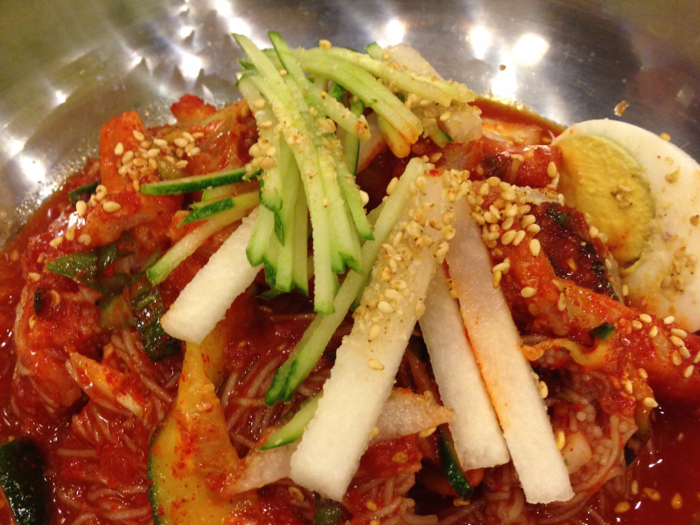
"Bibim" is Korean for "mixed." This popular North Korean dish can also be served with in a chilled beef consommé instead of the spicy sauce; just ask for mul naengmyun.
It's an extremely popular hot weather dish, and it'll sometimes even be served with ice cubes. Your waitress or waiter will offer to cut your noodles with her or his kitchen shears.
Galbi is short ribs marinated in soy sauce.
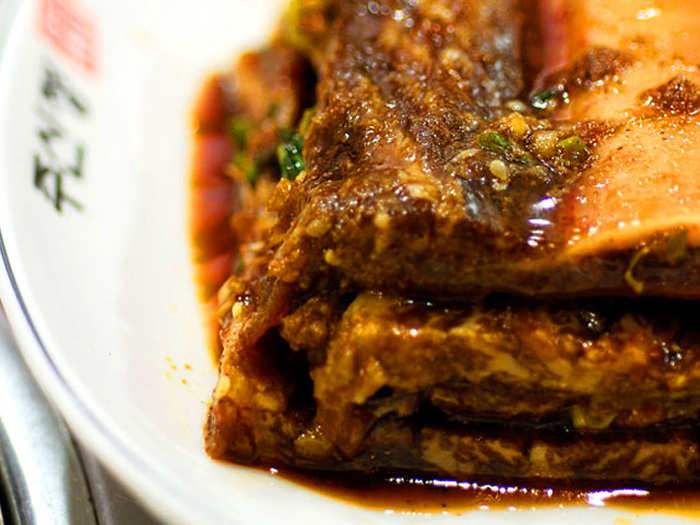
No one ever forgets about the time they got Korean barbecue and had galbi. The earthy marinade of soy sauce and garlic is balanced by the sweetness of sugar or honey. On a hot enough grill, the sear will turn into a light char that's basically candy.
Most Korean restaurants offering barbecue will have grills built into the table. However, grilling at the table is usually reserved for larger groups.
Ggaennip are green perilla leaves used for wrapping.
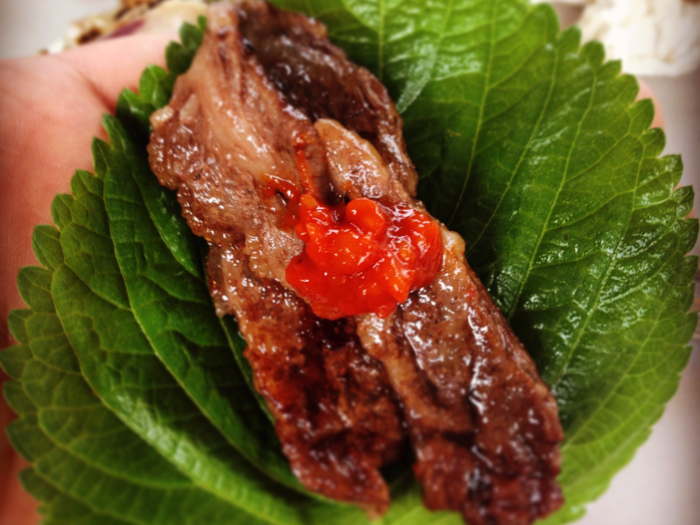
Korean barbecue often comes with a basket of lettuce and perilla leaves, which are also known as shiso leaves. These leafy greens serve as a fresh wraps for the meat. Feel free to throw in some rice and spicy soybean paste.
Ggaennip is also served as a side dish pickled in soy sauce. This is called ggaennip jangajji.
Bulgogi is thinly sliced sirloin marinated in soy sauce.
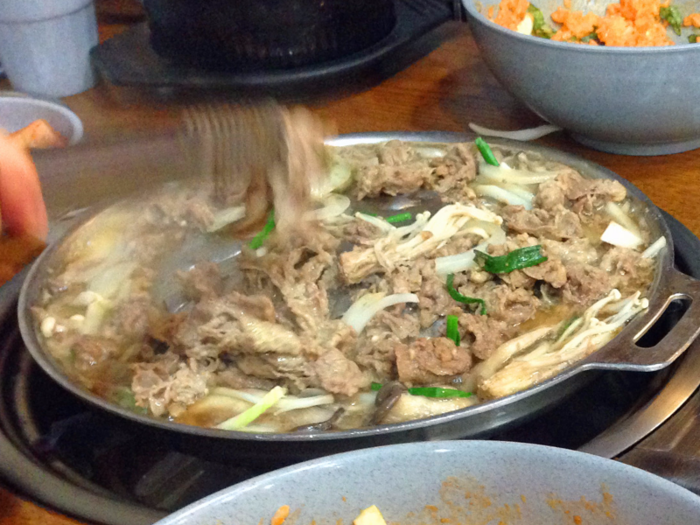
Bulgogi tastes a lot like galbi. It's just a different cut of meat. Like galbi, you can grilled it at your table.
Bulgogi is usually cheaper than galbi. In Western foods like pizza or burgers, you might find bulgogi flavored-meat.
Galbijjim is braised short ribs.
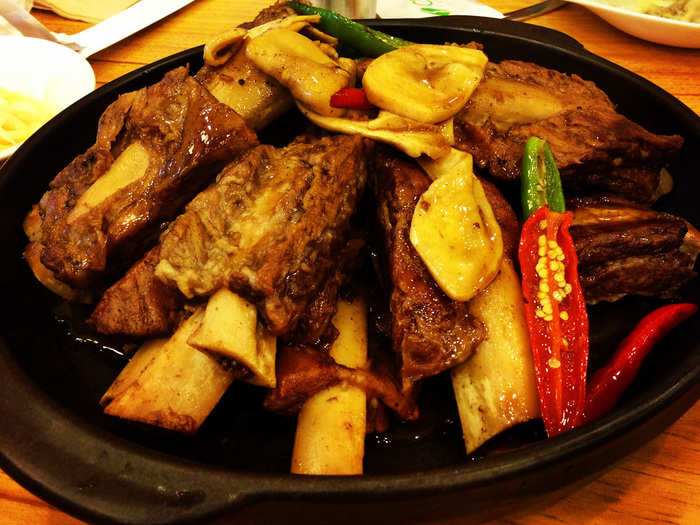
Galbijjim is like galbi gui, or grilled galbi. But it's stewed on the bone in its marinade for hours. If done right, the meat should be barely clinging onto the bone.
Galbijjim is by far the most expensive preparation of beef. If done right, it's heaven.
Doenjang is fermented soybean paste stew with tofu.
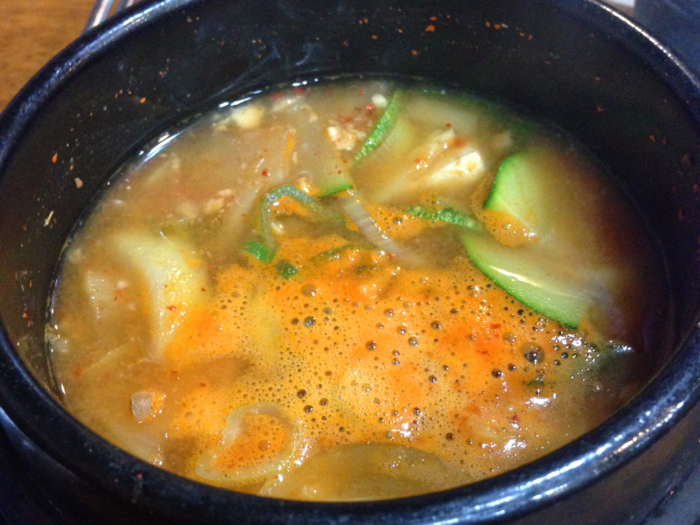
It's similar to miso soup, but doenjang is far more pungent than miso. Beginners be wary: It took this author around 20 years to finally appreciate the earthy flavors of the soybean paste, which can be an intense assault on the senses.
For most Koreans, this is chicken soup for the soul. It's cheap and you can get it anywhere.
Daegu tang is a mild cod stew.
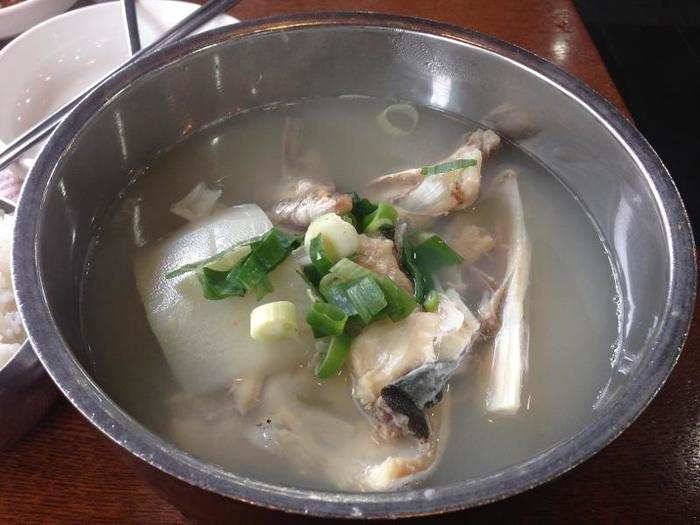
The flavor is far more subtle than the many other spicy and pungent stews on the menu. But if you focus, the clear cod consommé offers deep flavors of the ocean like a fresh oyster. If you want some heat, ask for daegu mae-un (spicy) tang.
Watch out for bones. If you're lucky, you'll get the cod head. Definitely eat the cheek. And if you're feeling adventurous, eat the eyeballs.
Jajangmyeon noodles are topped with Chinese black soybean sauce, diced pork, and vegetables.
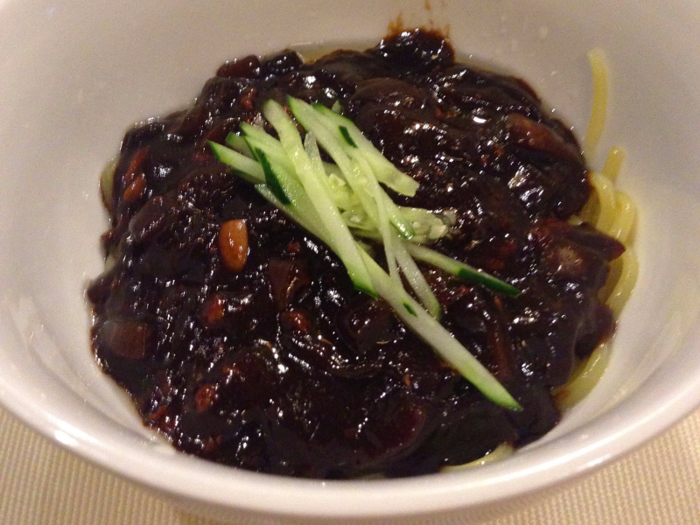
The chunjang sauce is much more mild than doenjang. This is a non-spicy, hearty dish deep in umami that goes great with kimchee.
Jajangmyeon is as much a Chinese dish as it is a Korean dish. Indeed, you're unlikely to find it in most Korean restaurants. But you'll find it in every Chinese restaurant in Korea or even Koreatown.
Ganjang gejang is raw blue or horse crab marinated in soy sauce.
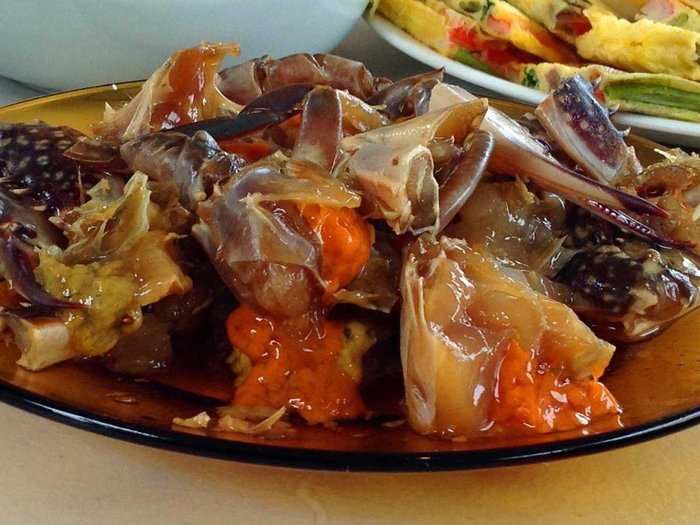
This stuff is basically crack for Koreans. Japanese and even some Chinese are also addicted to this. Live or freshly frozen raw crab are quickly cleaned and marinated in a soy sauce that's been enriched with ginger, garlic, scallions, sesame oil and sugar.
Diners will crunch into the bones and suck out the sweet translucent white flesh while taking in the sweet and earthy sauce. But that's just the beginning...
Ganjang gejang roe and tomalley is marinated crab egg, liver, pancreas, and everything else.
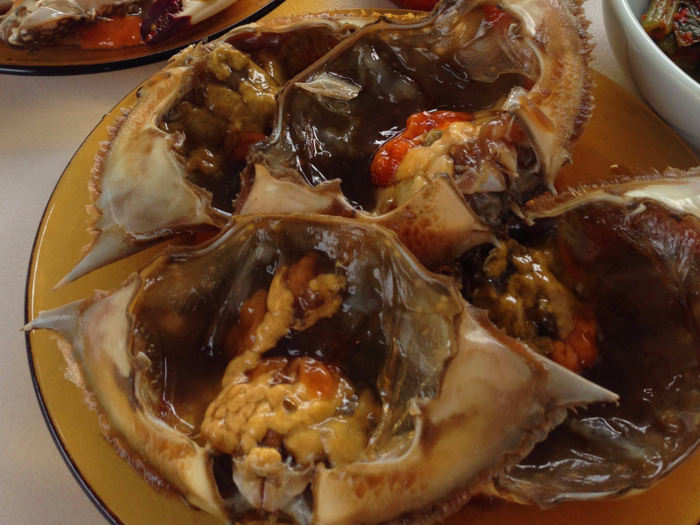
A really nice piece of gejang will also have bright orange (roe) and mustard yellow (tomalley) parts. While difficult to look at, the roe and tomalley are far more desired than the white flesh.
Koreans love to mix it with rice.
Bibimbap is rice mixed with fresh vegetables and chili pepper paste.
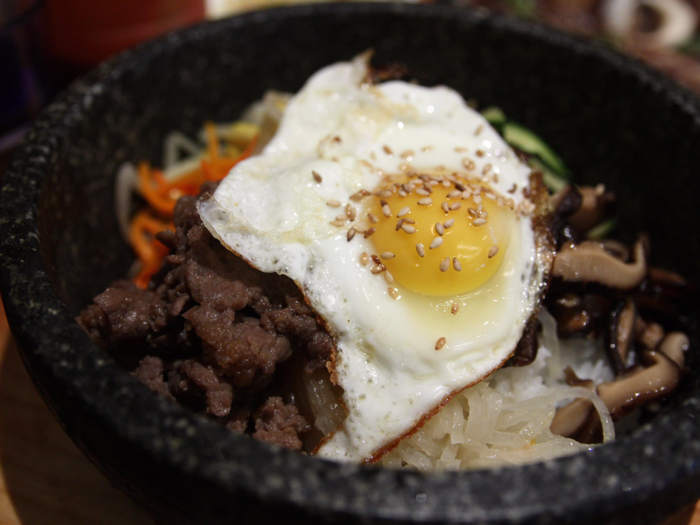
Bibimbap is the classic light and healthy lunch. You can get at pretty much any Korean restaurant.
Some place will offer dolsot (or stone bowl) bibimbap. Before the rice is served, it's cooked in the stone bowl on stove top so it can become brown and crunchy. Anyone who's had paella knows this crunchy rice as soccarat.
Potbingsu is sweet red bean on shaved ice.
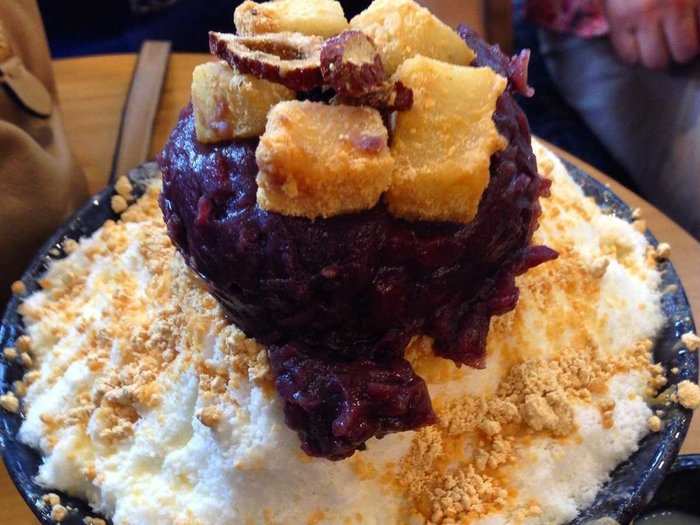
This is Korea's ice cream sundae. It's usually topped with fruit and condensed milk. Typically, you have to go to a Korean bakery or coffee shop to get it.
Don't try to order it as a dessert at the restaurant where you had your Korean meal. Once they clean your table, they'll likely bring you something clean and simple to clean you pallet. A slice of orange or watermelon is most typical.
WAIT! What about kimchee?
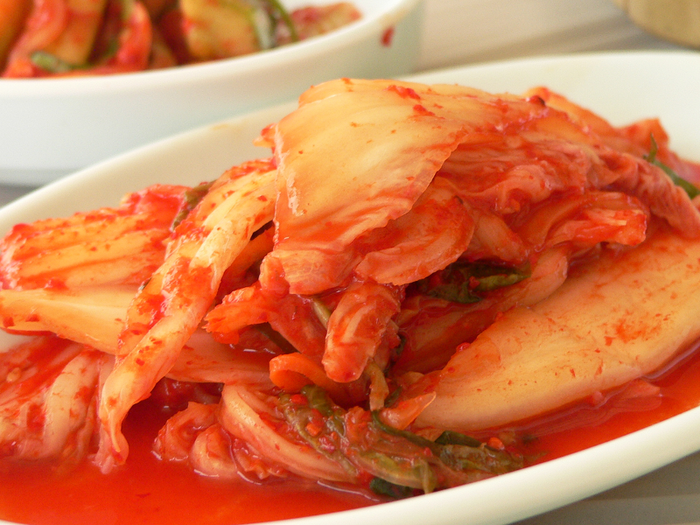
Kimchee is brined cabbage with red pepper flakes. This pickled, red pepper flaked pile of cabbage may be the most ubiquitous food item in Korea.
But don't worry about ordering it. It'll come with a variety of complementary side dishes called banchan. Enjoy!
Popular Right Now
Popular Keywords
Advertisement